Logo Design Bonanza: Tips, Stages & Principles
“A logo is a graphic mark or emblem commonly used by commercial enterprises, organizations and even individuals to aid and promote instant public recognition. Logos are either purely graphic (symbols/icons) or are composed of the name of the organization (a logotype or wordmark),” - those accurate rigorous words from Wikipedia perfectly reflect the essence and the purpose of any company logo.
It’s really difficult to overestimate the significance of a logo. A serious company may pick out one and use it till the end of days (not minding minor updates which sometimes are the requirements of time). A decent logo helps customers identify their favorite brand among many others in a wink. Cool creative logos possess many other merits as well. They serve the goal of positive company image formation; make it outstanding, different, recognizable, trustworthy and superior.
An awesome logo looks simple at first sight, yet hides thorough designer’s work and deep concept.
The first step in logo design is to study what ideas it should reflect as methods and elements working great for Oil Company are completely inappropriate for the Fast Food enterprise, for instance. Keep in mind that with the help of simple tools – icons, fonts, colors and shapes you create a brand identity, a kind of business card for someone’s project.
We can form several major principles of decent logo creation – it should be figurative, easy to memorize, presentable in monochrome color scheme and not losing details in different sizes (scalable).
As we’ve already mentioned above, three types of logos can be marked out, they are:
Actually it’s impossible to say which type works best, as every case is unique, so should be approached individually.
Nobody will dispute the fact that we achieve better results when clearly know what should be done and divide the process of creation into smaller understandable stages, i.e.:
- Read the company’s brief. Get to know everything possible about its products, services and business expectations. If the information will seem scanty, don’t be afraid to ask additional questions, this will help you form a judgment about company ideas and show your personal fascination with the coming work.
- Make your own research of colors, fonts and shapes appropriate for particular industry. Learn what the client wants to see in the design.
- Begin to make sketches on paper, you may view some creative logos for inspiration, but don’t copy their elements in any case.
- When your sketch is finished, it’s time to make the design digital. Adobe Illustrator is frequently used software, where you can play with shapes, colors and angles while choosing the best ones.
- Color your logo into the appropriate shades according to the client’s business sphere and corporate style.
- Work with client’s feedback; insert necessary corrections until he/she is absolutely happy.
- The final stage is the most pleasant – deliver logo design files in proper format to the client and get the deserved reward!
Now, when we imagine the process and its stages, let’s go deeper and formulate principal tips of quality logo design.
- Image is not a must-have for each and every logo. Sometimes an apt wordmark seems much more winning solution.
- One prominent element can be enough to stay in customers’ memory forever.
- Logo is developed for a long period of time, so make sure it will be up-to-date, use common sense, and don’t follow the vogue like sheep.
- It’s not absolutely necessary to include graphic elements telling directly about the company’s activity. Be unpredictable and creative!
- It’s not easy, but try to stick to simplicity without getting tedious and uninteresting.
- Leave some space for customer’s imagination, let them play a little bit and find out some intriguing hidden trick in your logo.
- A professionally drawn vector logo proves to be more efficient than its more sophisticated competitors.
- Using simple lines and shapes you make the logo memorable.
- Don’t use too many colors, limit to two or three hues. Consider color psychology issues as well as corporate company style.
- Study the logos, created before in order to avoid similarity, your product should be unique.
- Mind symmetry and proportion for better result.
- Implement action, it always looks more interesting and dynamic.
- A good practice is to separate icons and text elements, this way the owner gets more freedom to use both of them apart from one another when needed.
- The logo should capture the soul and the spirit of the company.
- Sometimes designers attach a tagline to the logo, it’s indisputably cool, but unfortunately not provident as this text becomes unreadable on smaller sizes.
- Don’t use more than two fonts; otherwise the text will look incoherent.
- Turn the logo upside-down to make sure it is well balanced and has enough white space.
- The stronger knowledge of your client you have, the better logo you can create. Client’s history and targeted markets are of utmost importance.
- Make a lot of sketches on paper; don’t be taken up by the first idea as it is more likely to be the most obvious, not so unique.
- Consider horizontal design as more efficient for web presentation.
- Avoid using photos as they are extremely difficult to render on some surfaces and your logo could hardly be considered versatile.
- It would be great to adapt a logo to dark backgrounds.
- Don’t hesitate, cut out everything that is not absolutely necessary.
- For some brands it’s a good idea to use the company name as a logo. This has common sense when the name is apt and memorable.
- Analyze why this or that logo was successful or failed. Others mistakes don’t hurt our self-esteem, so why not to use them for studies and professional growth.
When your logo is finished and a satisfied smile is ready to curve your lips, show your masterpiece to several friends and make them figure it on a sheet of paper in a week. If the experiment is a success – you’ve done a great job!
* * *
In this entry we tried to cover the most essential tips of logo design. They will serve a kind of guide in your inspired work. We hope you’ll appreciate superior logo designs illustrating our post. Please, follow this link to read the relevant information on the topic in our previous post "How To Design a Logo Effectively and Painlessly". If, by chance, we've missed something worth and useful, please let us know in the comment section!
Create your logo with TemplateMonster!
Need an attractive logotype for your website, but have no way out? Professional web designers from MotoCMS will help you.
Our team will come up with the best solution for your brand according to your personal requirements. If the logo doesn't sit with your requests, we will redesign it up to 3 times. Just add this offer to your cart or contact our Service center
Note: The process of your logo creation will take up to 10 business days since you take the offer.
Logo Creation Offer from Moto CMS
Need an attractive logotype for your website, but have no way out? Professional web designers from MotoCMS will help you.
Your unique handmade logo will cost you $199 (if you get it together with a template) or $249 (if you purchase this offer as a standalone option.)
Get more to your email
Subscribe to our newsletter and access exclusive content and offers available only to MonsterPost subscribers.


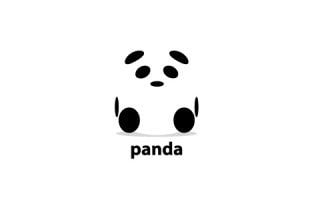

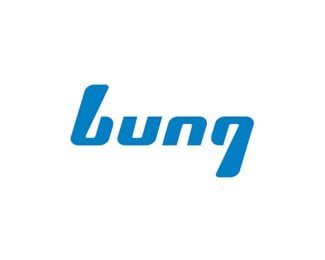
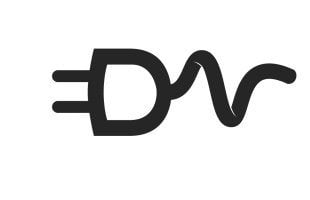



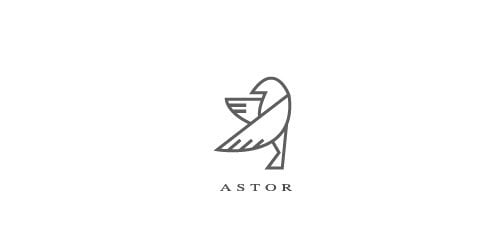
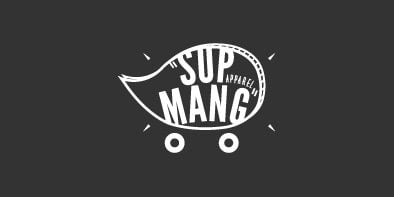


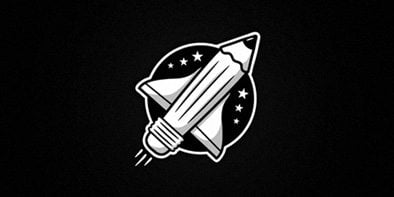
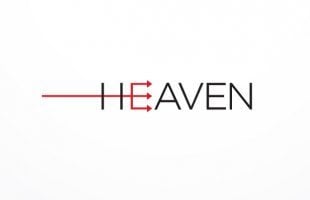
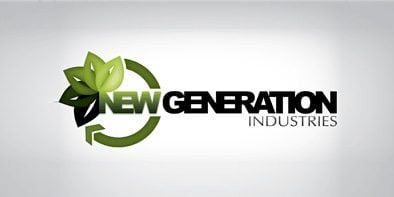
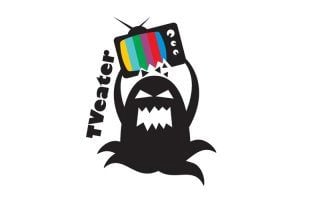

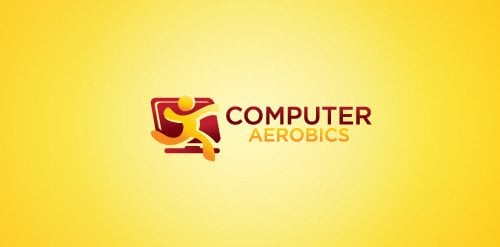


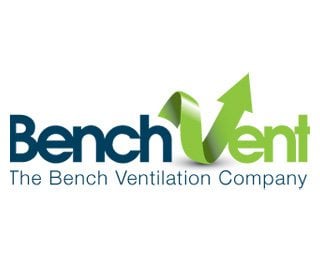

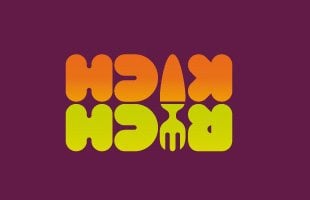
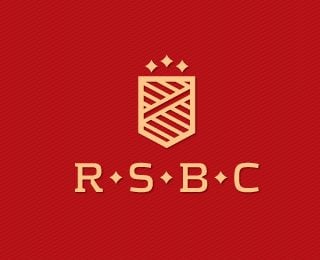

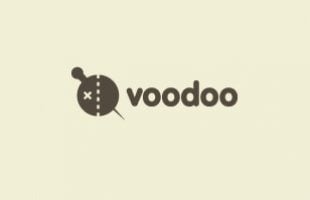
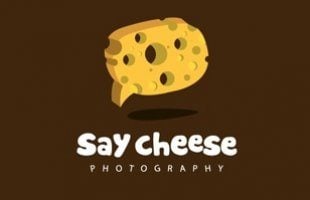


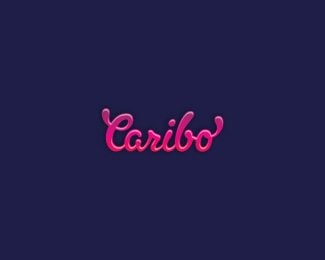


Leave a Reply
You must be logged in to post a comment.